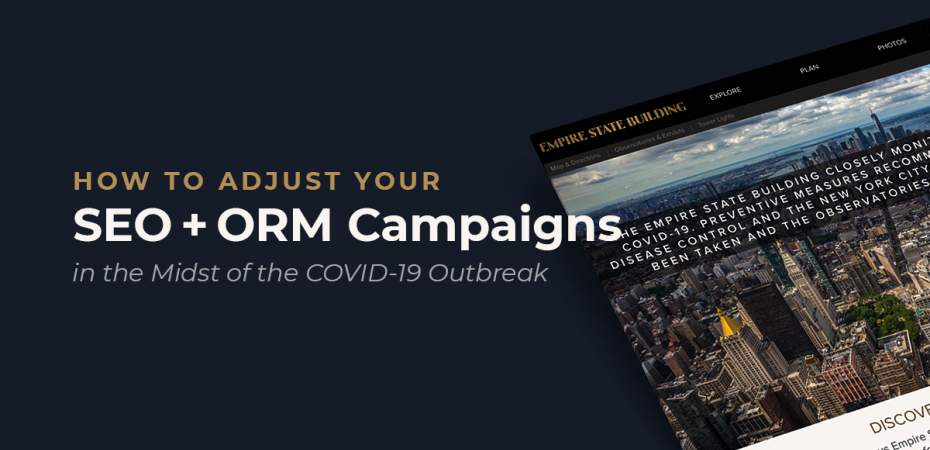June 25, 2020
| Article | by REQ Marketing | Content,
Social Media
How Healthcare Companies Can Improve Engagement, Acquisition, and Retention
Health and wellness are quite possibly more essential to Americans now than they have ever been. Americans are taking a more proactive role in their healthcare, and are seeking to partner with care providers and payers who are increasingly active partners in their health. Healthcare brands have an opportunity to attract prospects and retain current customers by providing access to resources and tools that helps consumers meet their health goals.
Marketing Strategies that Deliver Value
The world of marketing has changed, and nowhere is that more evident than in healthcare. Healthcare is transitioning from a transactional model to a health and wellness industry. The wealth of information and resources available online means that consumers no longer feel the need to choose the cheapest or most convenient option. Consumers are choosing to give their business to brands that share their values, provide exceptional service, and are transparent in their business practices.
Today’s marketing is all about providing value and building relationships with your audience, which includes both customers and prospects. By establishing your brand as a resource that can help consumers set, plan for, and achieve their health and wellness goals, you can set yourself apart as an organization that truly cares about your customers and their well-being.
To ensure that you’re reaching your desired target audiences with the right messaging, make sure your healthcare marketing plan incorporates the following tactics.
Define Your Brand
Healthcare brands must identify quality indicators that align with their customers’ expectations. You might think that providing good service is all that’s necessary, but today’s consumers have different needs and expectations. Most healthcare providers and insurers rightly focus on improving patient experience. But with clinical improvements taking up most of their energy, they may fail to improve the clinical-adjacent elements, such as customer resources, education, and tools, that may also improve patient experience.
The first step toward providing value to your customers and prospects is understanding who they are, what their priorities are, and what they expect from their healthcare providers. Only then can you assess the competition, determine your key differentiators and how you can meet consumer needs. Do your patients want a family-friendly office? Is affordability a concern? Are you offering patients the ability to access their digital health records and telehealth services?
Go Social
Healthcare brands cannot afford to ignore the power of social media. Today, more than half the world’s population uses social media, and users spend an average of 3 hours a day on social platforms. Being active on social media can help healthcare companies build their brands and provide engaging and thought-provoking resources that their audience finds valuable.
Again, understanding your audience is key when it comes to leveraging social media correctly. Don’t simply share the same information across all of your social media channels. Figure out where your audience is spending their time and use those platforms to communicate with them.
The best social media channels for your brand depend largely on the age of your target audience. Facebook remains popular with Gen X and Baby Boomers, but its popularity is declining with younger generations. Millennials tend to spread their time across multiple channels, whereas Gen Z tends to focus on fewer platforms, favoring Instagram, Snapchat, and YouTube.
Create an Easy-To-Navigate and Mobile-Friendly Website
Today’s consumers are less willing to tolerate websites that aren’t optimized for mobile devices or that make it difficult to find the information they need. At a minimum, your website should be mobile-responsive and should include a reliable search function. You may also want to consider other online services such as live chat.
Provide Personalized Communications
Personalization in healthcare is key to patient engagement, and today’s technology makes personalized communication easier than ever. One of the quickest ways to ruin a patient experience is to treat everyone the same, but many healthcare brands continue to deliver broad communication that lacks personalization.
Create a differentiated customer experience by providing personalized communications that are targeted not just to your audience’s age range and health status, but also to their location, interests, life stage, and wellness goals.
Implementing marketing strategies with multichannel customer touchpoints and responsive technology is no longer optional for health brands looking to remain competitive. While most healthcare providers and insurers work tirelessly to enhance patient experience through clinical advancements and health plan offerings, many overlook the importance of valuable content, resources, education, and easy-to-access online tools, all of which play a crucial role in patient and prospect experience with the health brand.
Working with REQ
When executed correctly, a patient- and prospect-centric content marketing plan can not only boost a health organization’s reputation, but also improve customer-patient engagement, acquisition, and retention.
REQ has worked with healthcare clients of all sizes for years to provide data-driven, strategic solutions. Working with industry leaders Centene Corporation and Allwell & Health Net, we’ve increased engagement and leads with innovative digital efforts. Get in touch with us to get started on mapping out your new healthcare marketing strategy to attract more prospects, and retain current customers.

